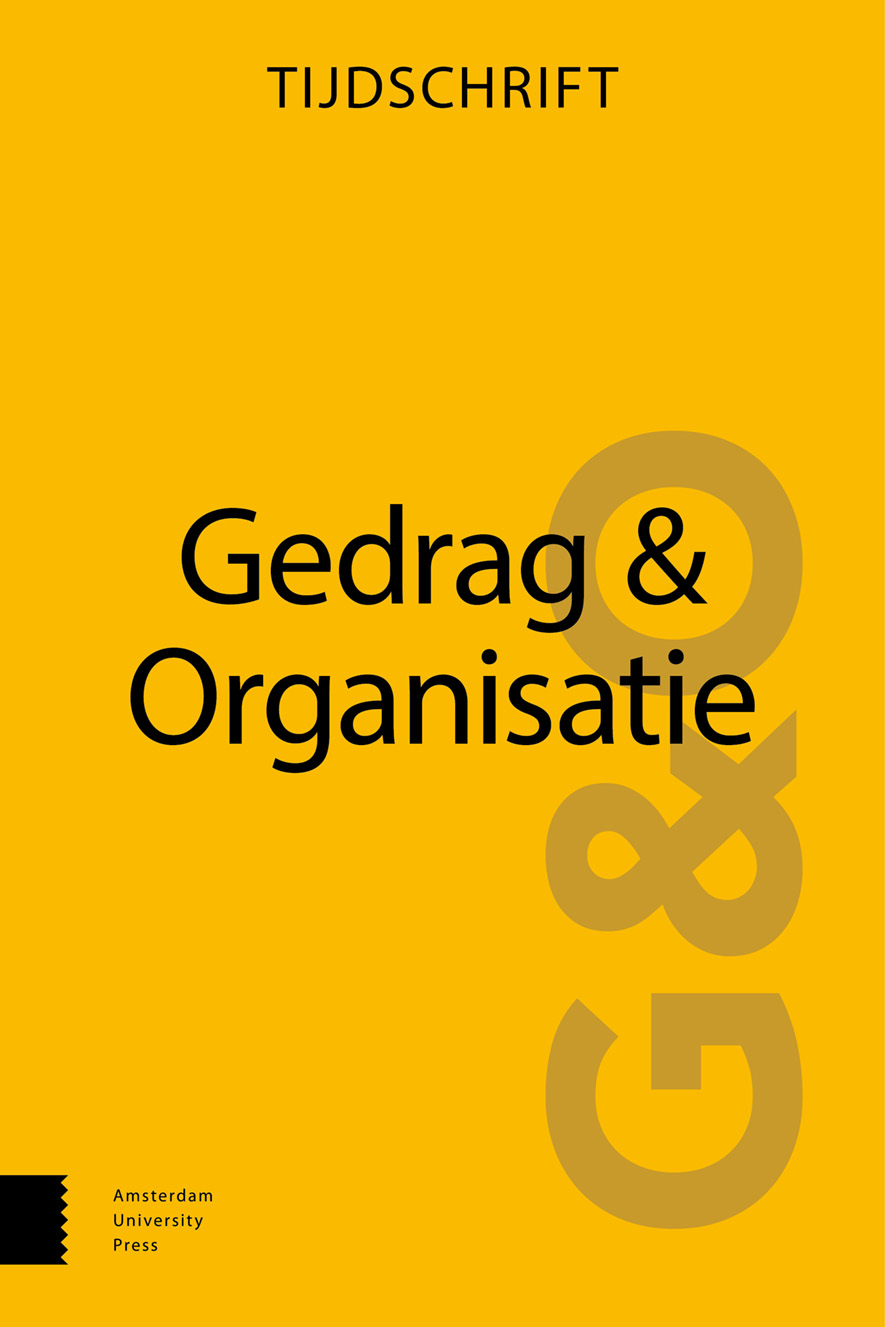-
oa Samenwerken binnen de rechterlijke organisatie
- Amsterdam University Press
- Source: Gedrag & Organisatie, Volume 19, Issue 3, Sep 2006,
Abstract
Cooperation within the judicial system
Peter Bevers, Esther van Sprundel, René Schalk & Sjo Soeters, Gedrag & Organisatie, Volume 19, September 2006, nr. 3, pp. 211-231
In two courts of law it was examined whether creating 'enabling teams', that is teams in which cooperation between judges, clerks of the court, and supporting administrative personnel was facilitated, had an influence on the perception of the quality of work, innovativeness, and satisfaction of employees. In enabling teams the judges, clerks, and secretaries meet face-to-face to jointly discuss the division of work and daily work activities in their sector.
In a courthouse (the experimental court), data were gathered at three points in time: before, nine months after, and one and a half year after implementing the facilitating team concept. In a (control) courthouse, data were gathered at two points in time. The implementation of enabling teams led to tasks being perceived as more varied and coherent. The frequency and quality of work-related communication improved. In addition, the relationship between the judges, clerks, and secretaries improved because the ingroup-outgroup differences between the groups were gradually becoming smaller. With respect to several aspects of quality of work, however, the results did not confirm the hypotheses. There was no improvement of innovativeness and satisfaction. There were some positive effects on flexibility of the organization, productivity, and absenteeism. The implications of the findings are discussed.


